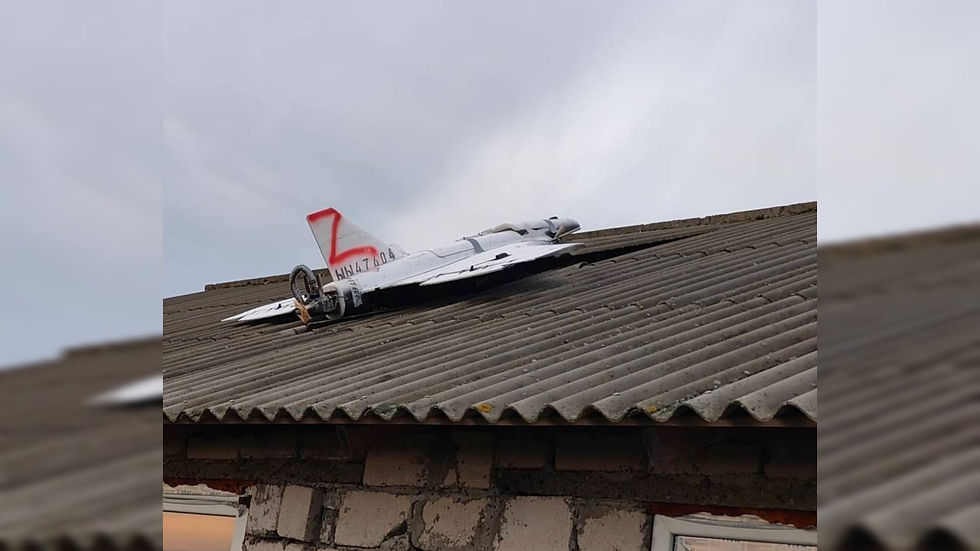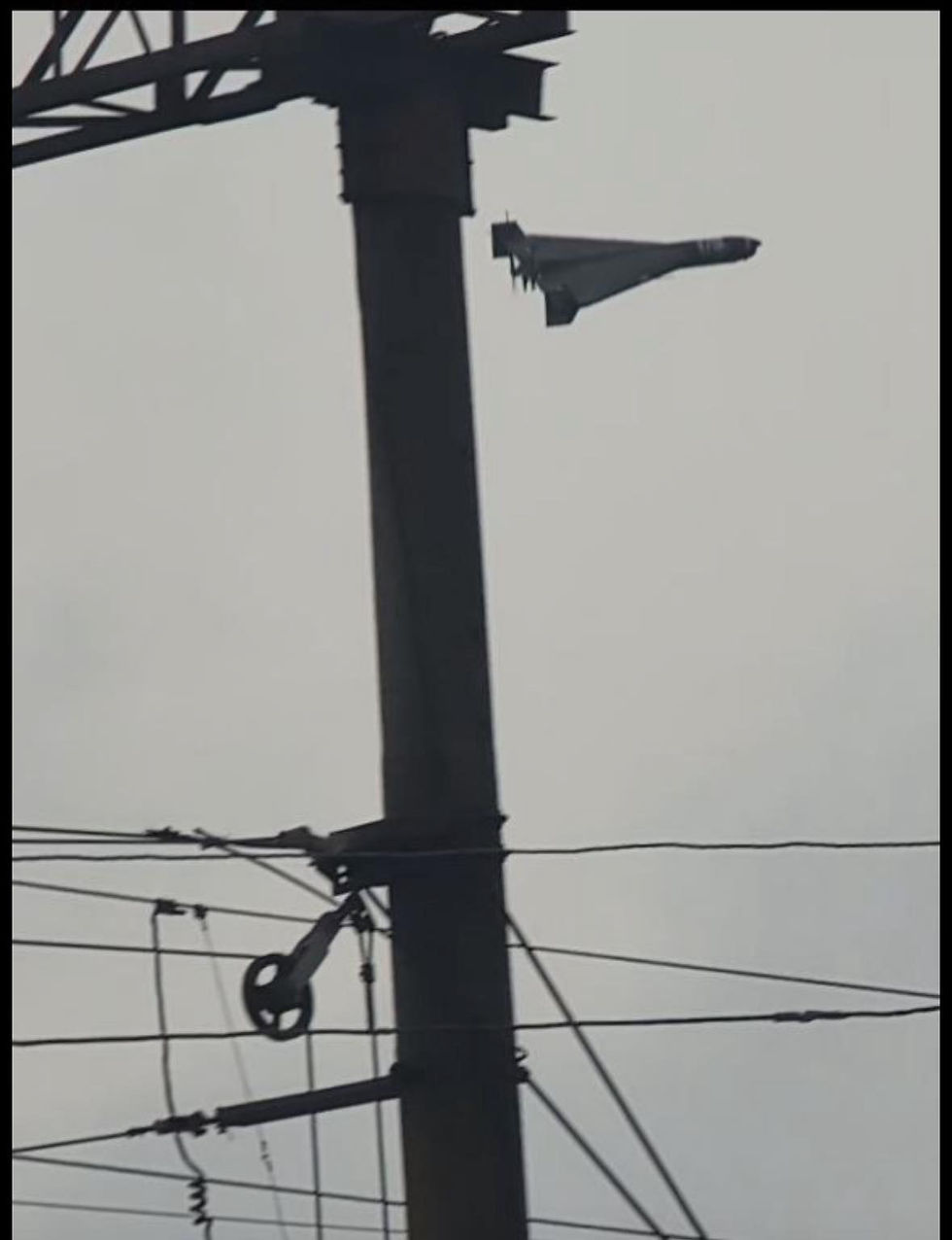NATO and the End of Military Self-Indulgence
- Res Publica

- May 8
- 5 min read
NATO’s founding treaty obliges members “to maintain and develop [the]...capacity to resist armed attack.” That has been seriously weakened by peacetime posturing.
By Ben Hodges and Dan Rice.

The line, in Article 3, is the alliance’s entire strategic logic distilled into a single phrase. Credible self‑defense is the key to collective security, yet the use of two of the simplest, and most controversial, tools of battlefield denial in Ukraine has exposed how far NATO has drifted from that founding standard.
Cluster munitions have been absolutely crucial in helping Ukrainian troops to arrest Russian advances. Dense minefields have, in turn, blunted Kyiv’s counter‑offensive and frozen hundreds of miles of front. The lesson is brutally clear: armies that can saturate terrain with rapid, area‑effect fire and durable obstacles survive, while armies that cannot, bleed.
That reality collides head‑on with two well‑meant but increasingly anachronistic treaties: the 1997 Anti‑Personnel Mine Ban Convention (Ottawa Convention) and the 2008 Convention on Cluster Munitions. Both were driven by humanitarian campaigns and both were applauded and pursued by West European countries at a time when there was no credible threat to the continent. Both were agreed despite the serious misgivings of European militaries.
Russia rejected both accords, as did China, Syria, and Iran, and the resulting imbalance is lethal. While Russia lays triple‑stacked mine belts and fires millions of sub‑munitions, many NATO states have scrapped the stocks their eastern neighbors now desperately need.
Faced with a growing likelihood of Russian aggression on their territory, NATO eastern members have urgently begun to reassess. Poland, Latvia, Lithuania and Estonia announced In March that they would leave the landmine convention, and Finland followed suit in April. Lithuania is also leaving the cluster munitions convention, while Poland, Latvia, Estonia, and Finland never joined it.
Believing they face a less imminent threat, capitals further from the Kremlin’s firepower remain mostly wedded to the conventions. Even so, a debate is underway, with a recent paper, backed by former UK Defence Secretary Ben Wallace, arguing that Britain should also leave both treaties.
The divisions within the alliance represent a threat to its coherence. If a border crisis erupted tomorrow, Western units that have never trained with scatterable mines would struggle to fight alongside local units that regard them as standard kit.
Some contend that precision missiles or loitering drones can replace the banned munitions, but the battlefield says otherwise. Long‑range strike is invaluable, but nothing else delivers the high‑volume, wide‑area saturation that buys infantry the time to reposition, forces tank columns into predictable lanes or denies airborne insertions.
Mines and cluster munitions harden ground faster and more cost-effectively than anything else. Without them, NATO would have to leave frontline areas barely defended, or accept prohibitive manpower costs, including the permanent deployment of tens of thousands of US and other troops. The case to restore them to the common arsenal is overwhelming.
Doing so need not be at the cost of our humanitarian conscience. Technology has moved on since the 1990s, and today’s self‑destructing or remotely activated mines can meet stringent fail‑safe criteria, as can cluster sub‑munitions equipped with dual‑mode fuses and compliance sensors.
A humanitarian amendment to require timed self‑neutralization, biodegradable munitions, and mandate funded clearance would save more civilian lives than the absolutism of bans that only apply to democracies.
Front‑line readiness also demands industrial realism. Most NATO producers of cluster warheads and anti‑personnel mines shut their production lines a generation ago; the engineers have retired, and the tooling was scrapped. Reconstitution cannot happen quickly.
Rebuilding the industry will require steady R&D funding, a transatlantic supply chain for fuses and energetics, and enough predictable orders to keep factories working. Central and Eastern European firms, in Poland, Slovakia, and the Baltic states, are already investing in small‑batch production of innovative “smart” mine systems, while Western defense conglomerates possess the quality‑assurance pipelines and global logistics that those newcomers lack.
Only a joint program, backed by pooled procurement and shared intellectual property, could marry the necessary speed with scale. Article 3 demands that kind of collective approach.
And the policy architecture to enable it is already available. NATO’s Defence Production Action Plan contains a clause allowing common funding for “terrain‑shaping munitions,” while the European Union’s Defence Agency can, with unanimous European Council blessing, launch a cooperative project exempt from standard export‑control friction.
The US Foreign Military Sales regulations already classify self‑destruct mines as lawful defensive ordnance, and Congress quietly restored multi‑year contracting authority for cluster components in the 2025 National Defense Authorization Act.
What is missing is not legal permission, but political courage: a recognition that the moral hazard of controlled use is lower than the strategic hazard of defeat.
Critics will call this a step backward and a betrayal of humanitarian progress, but they should ask the families in Kharkiv whose homes survived because cluster munition volley‑fire decimated advancing Russian armor, or the Polish farmers who sleep at night knowing remote‑controlled minefields line the Bug River crossings.
Deterrence is the most humane policy of all. A well‑defended frontier prevents wars, while a porous one invites them. Article 3 was written after history’s most destructive conflict precisely to institutionalize that logic. The current generation’s responsibility is to fulfil it.
That fulfilment starts with honest language. Landmines and cluster munitions are often described as “legacy weapons,” but, responsibly employed, they are at the leading edge of modern combined‑arms defense. They are only as indiscriminate as the doctrine, training, and fusing employed. Alongside intelligence, precision fire, and air defense, they are the vital connective tissue that turns dispersed battalions into an integrated shield.
June’s NATO summit offers a narrow window to close the Alliance’s munitions gap. Heads of government could task the Military Committee to deliver a harmonized standard for smart area‑denial systems, direct the Conference of National Armaments Directors to map and resurrect dormant production capacity, and commit to training every allied brigade on employment and clearance.
If Europe truly believes Moscow’s imperial project should be stopped, then it must re‑embrace cluster munitions and modern landmines. Under disciplined allied control, they are the simplest, quickest, and cheapest way to achieve that goal.
The sooner we admit that, the less likely we are to need them.
Lieutenant General (Retired) Ben Hodges, the former Commanding General of US Army Europe (2014-2017), currently serves as NATO Senior Mentor for Logistics and is a Distinguished Fellow with GLOBSEC.
Dan Rice is President of the American University Kyiv and former Special Advisor to the Ukrainian Commander-in-Chief, General Valerii Zaluzhnyi (2022-2023).
Article first time published on CEPA web page. Prepared for publication by volunteers from the Res Publica - The Center for Civil Resistance.





Comments